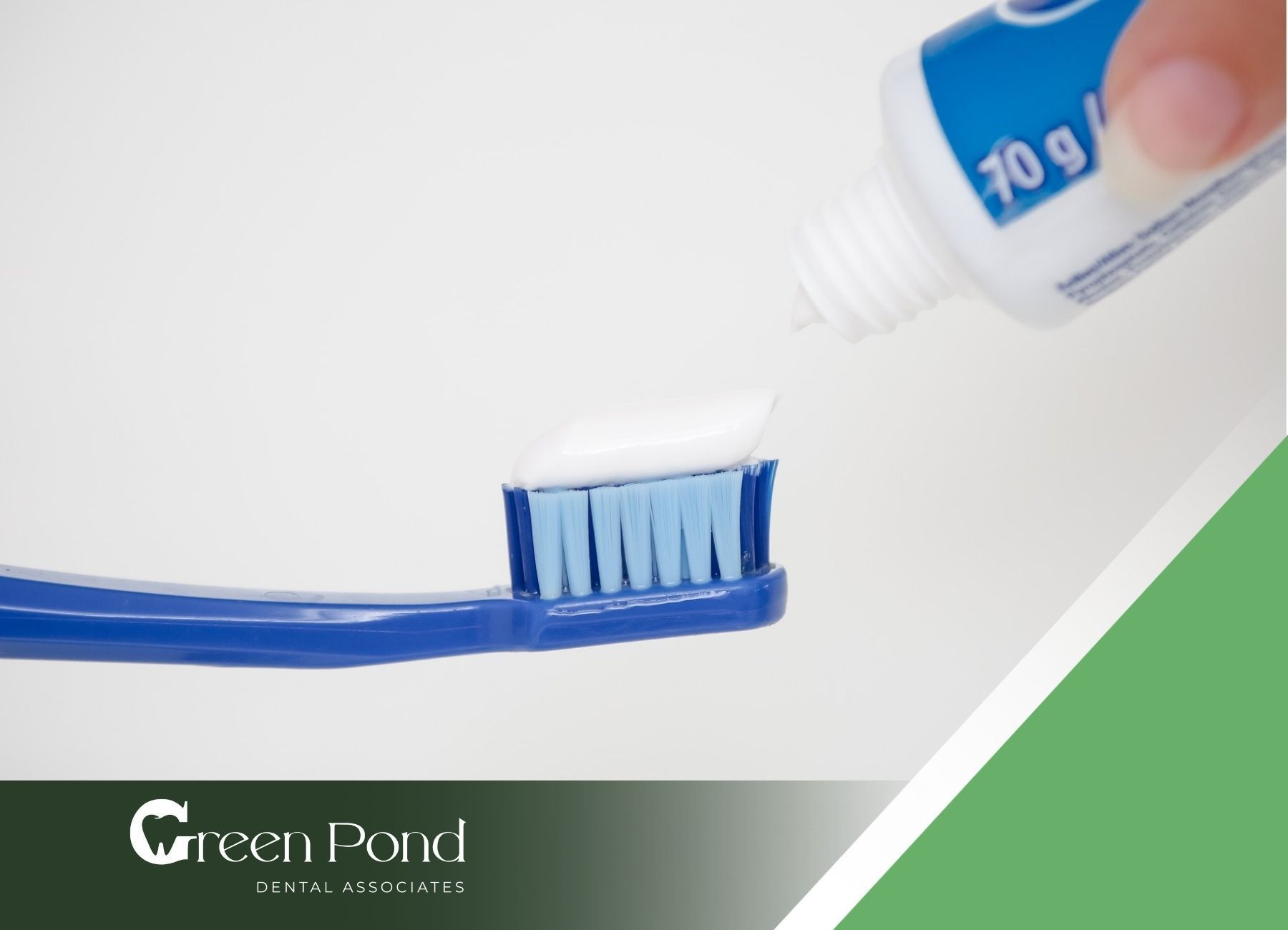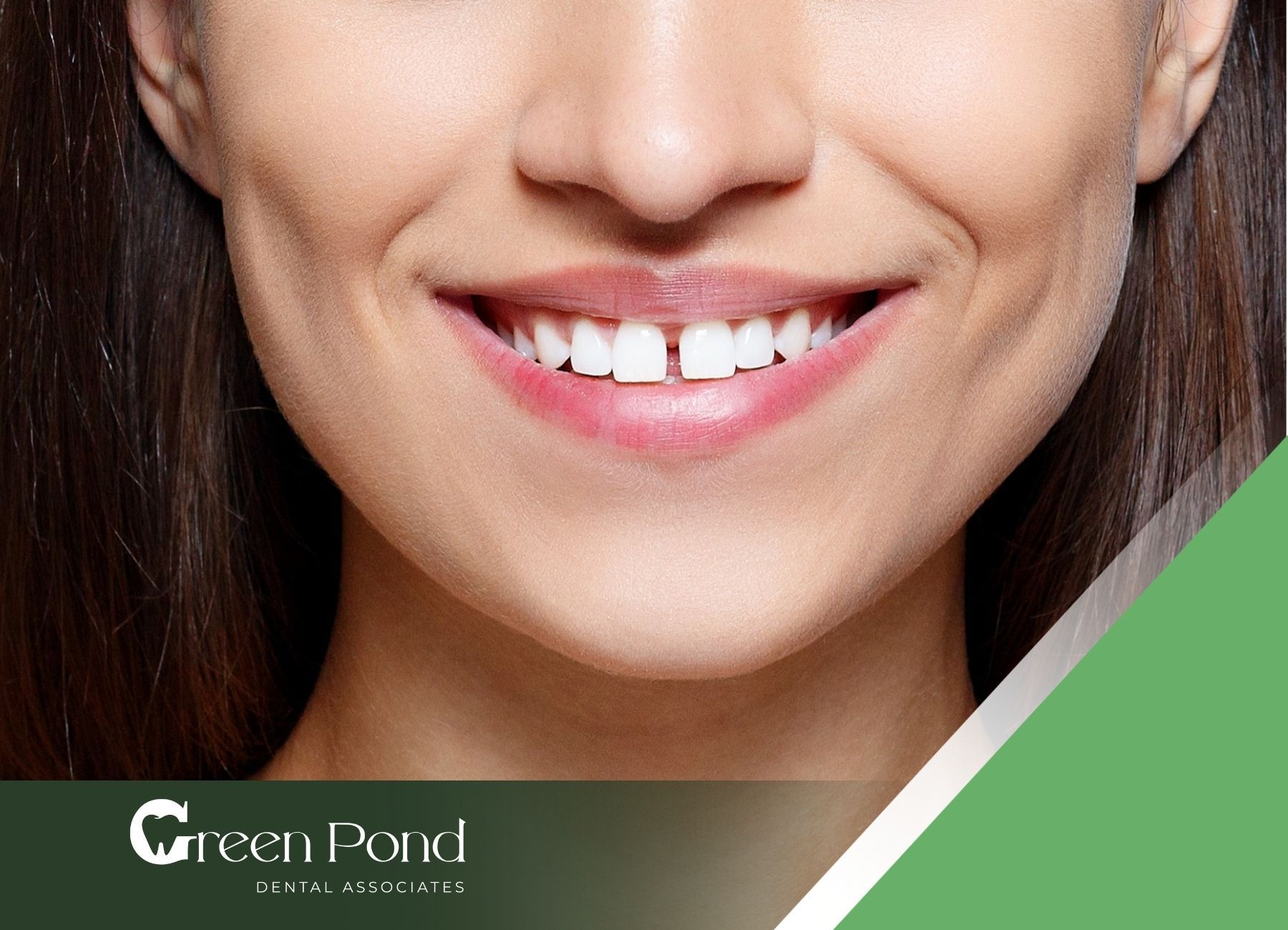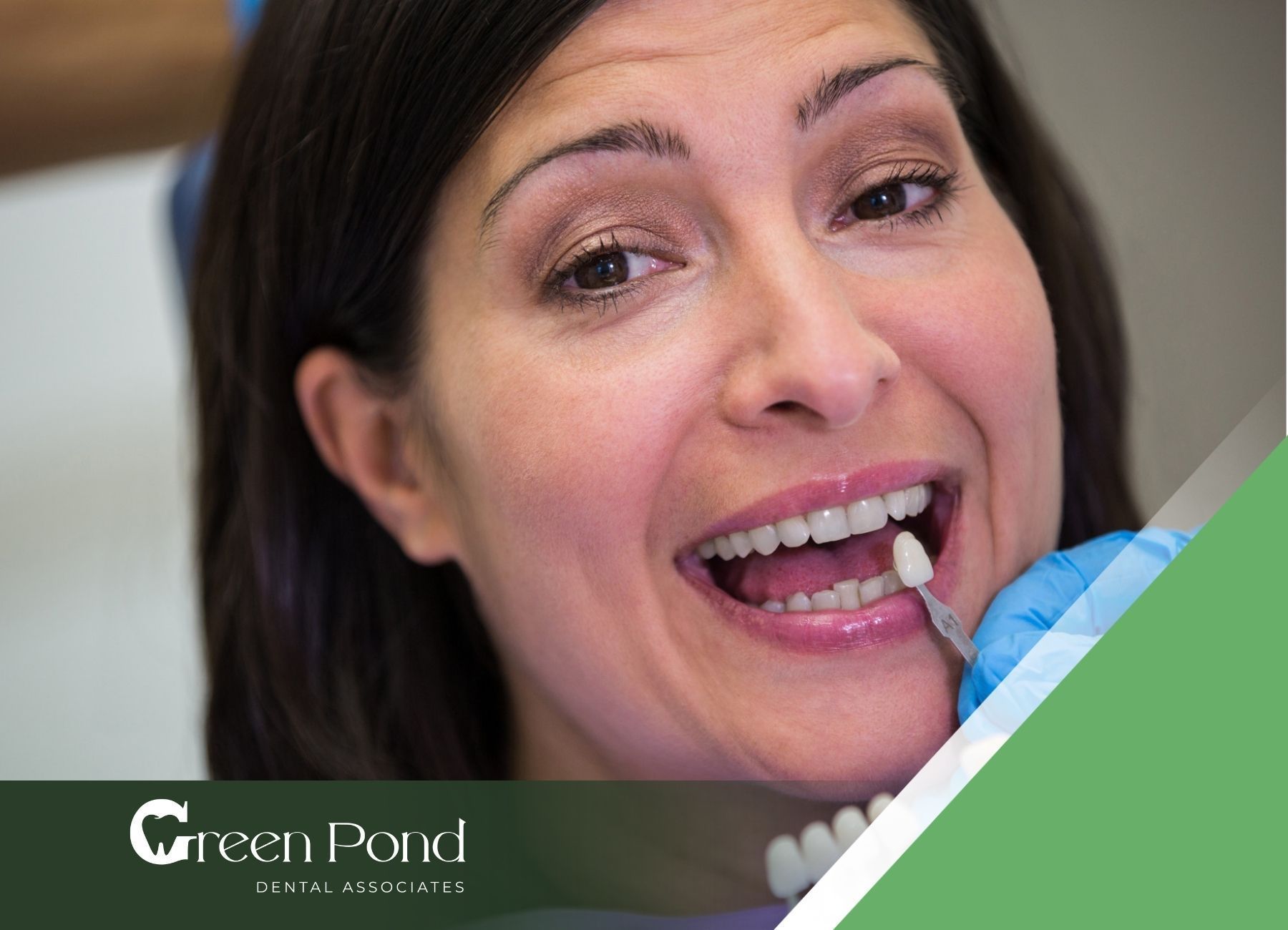How to Choose the Perfect Toothbrush for Braces
Maintaining oral hygiene with braces can be a challenge, but it’s crucial for a healthy smile. With so many options on the market, finding the right toothbrush for braces might feel overwhelming. Whether you're new to braces or looking to upgrade your dental routine, understanding what to look for in a toothbrush can make all the difference.
In this article, we’ll explore the best toothbrush options, essential features, and brushing techniques to help you keep your teeth and gums healthy throughout your orthodontic journey.
The Impact of Braces on Oral Hygiene
Braces create additional surfaces and spaces where food particles and plaque can accumulate. This increases the risk of dental issues such as cavities and gum disease. As a result, maintaining
proper oral hygiene becomes crucial for individuals wearing braces.
| Factor | Impact on Oral Hygiene |
|---|---|
| Brackets and Wires | Create obstacles for cleaning |
| Increased Plaque Buildup | Higher risk of cavities |
| Gum Sensitivity | Requires gentler brushing methods |
Why Choosing the Right Toothbrush for Braces Matters
Selecting a toothbrush specifically designed for braces is essential for effective cleaning. An appropriate toothbrush can reach difficult areas around the brackets and wires while being gentle on the gums. This consideration helps maintain oral health and prevents complications during orthodontic treatment.
| Benefit | Description |
|---|---|
| Effective Cleaning | Removes plaque from hard-to-reach areas |
| Gum Protection | Minimizes irritation and discomfort |
| Enhanced Oral Health | Reduces risk of cavities and gum disease |
Understanding these factors helps individuals with braces make informed choices about their oral care routines, ensuring they maintain optimal dental health throughout their orthodontic journey.
Characteristics of an Ideal Toothbrush for Braces
Selecting the right toothbrush is essential for effective oral hygiene, especially for individuals with braces. An ideal toothbrush should possess specific characteristics to ensure it cleans thoroughly without causing damage to the teeth or gums.
Soft Bristles
Soft bristles are crucial for anyone with braces. They provide a gentle cleaning action that effectively removes plaque and food particles without harming the delicate gum tissue. Hard bristles can cause irritation and damage to the gums, leading to discomfort and potential gum recession.
Narrow Head Design
A toothbrush with a narrow head design allows for better access to hard-to-reach areas in the mouth, especially around brackets and wires. This design ensures that every surface of the teeth is cleaned effectively, which is essential for maintaining oral health during orthodontic treatment.
Gentle on Gums
An ideal toothbrush should be gentle on the gums. It should not cause pain or bleeding during or after brushing. Choosing a toothbrush that is designed with soft bristles and a comfortable grip can significantly enhance the brushing experience while ensuring that the gums remain healthy.
Ensuring that a toothbrush possesses these characteristics will contribute to better oral hygiene for individuals with braces. A toothbrush with soft bristles, a narrow head design, and gentle features is essential for keeping teeth and gums healthy throughout the orthodontic process.
Types of Toothbrushes Suitable for Braces
Selecting the right toothbrush is crucial for maintaining oral hygiene while wearing braces. There are several types of toothbrushes available that cater specifically to the needs of individuals with braces. These include manual toothbrushes, electric toothbrushes, and interdental toothbrushes.
Manual Toothbrushes
Manual toothbrushes are a common choice for those with braces. They are widely available and can effectively clean teeth when used correctly. It is essential to select a manual toothbrush with soft bristles to avoid damaging the gums and brackets.
Electric Toothbrushes
Electric toothbrushes offer an advanced cleaning option for individuals with braces. These devices provide consistent brushing motions, which can help remove plaque more effectively than manual brushes. Some models come with pressure sensors to prevent excessive force on the teeth and gums.
Interdental Toothbrushes
Interdental toothbrushes are specially designed to clean between the braces and teeth. These brushes have a small, tapered head that allows for easy maneuverability in tight spaces. They are beneficial for removing food particles and plaque that may accumulate around brackets and wires.
Choosing the appropriate type of toothbrush is essential for maintaining oral health while wearing braces. Each type of toothbrush has its benefits and can contribute to effective oral hygiene when used correctly.
Features to Look for in a Toothbrush for Braces
Selecting the right toothbrush is crucial for individuals with braces. A toothbrush designed specifically for braces can significantly enhance oral hygiene. Here are some important features to consider when choosing a toothbrush.
Angled Bristles
Toothbrushes with angled bristles can effectively clean around brackets and wires. The unique design allows the bristles to reach difficult areas between the teeth and braces. This feature helps to ensure that plaque and food particles are removed thoroughly.
Orthodontic-Friendly Design
An orthodontic-friendly toothbrush typically has a special shape or configuration that caters to the needs of individuals wearing braces. These toothbrushes often feature a combination of longer and shorter bristles, which help to clean both the brackets and the spaces between them.
Comfortable Grip
A toothbrush with a comfortable grip is essential for effective brushing. A non-slip handle allows for better control and precision while brushing, especially when navigating around braces. This feature is important for maintaining a proper brushing technique.
By considering these features—angled bristles, orthodontic-friendly design, and comfortable grip—individuals with braces can choose a toothbrush that enhances their oral care routine and promotes better dental health.
Proper Techniques for Brushing with Braces
Brushing teeth with braces requires special techniques to ensure effective cleaning. Understanding the correct methods can help maintain oral hygiene and prevent
dental issues.
Brushing Angles
To effectively clean teeth and braces, it is important to use the right angles while brushing. The following list outlines recommended brushing angles for optimal cleaning:
- Front Teeth: 45 degrees towards the gum line
- Back Teeth: 45 degrees towards the gum line
- Chewing Surface: Flat against the surface
- Braces and Wires: 90 degrees towards the brackets
Using these angles can help remove plaque and food particles effectively.
Cleaning Between Braces
Cleaning between braces is crucial for maintaining oral hygiene. Interdental brushes or floss threaders can make this task easier. Here are methods for cleaning between braces:
- Interdental Brush: Use to clean between the brackets and wires.
- Floss Threader: Helps to thread dental floss between teeth and braces.
- Super Floss: A combination of regular floss and spongy material, ideal for braces.
Regular Maintenance
Maintaining a toothbrush is essential for its effectiveness, especially when caring for braces. Be sure to follow these tips:
- Replace Toothbrush: Every 3-4 months
- Clean Toothbrush Head: After each use
- Store Toothbrush Upright: Daily
By following these maintenance tips, one can ensure that their toothbrush remains effective in cleaning teeth and braces.
Conclusion
Maintaining excellent oral hygiene while wearing braces is essential for ensuring a healthy smile once your orthodontic treatment is complete. Choosing the right toothbrush—whether it's manual, electric, or interdental—can significantly impact your ability to clean around brackets and wires effectively. Look for a toothbrush with soft bristles, a narrow head, and an orthodontic-friendly design to protect your gums and enhance your oral care routine.
At Green Pond Dental, we understand the unique challenges that come with wearing braces. Our expert team is here to guide you through your orthodontic journey, offering personalized advice and care to keep your smile bright and healthy. Whether you need help selecting the right toothbrush or have questions about maintaining your oral health, we’re here to support you every step of the way. Schedule an appointment with us and discover how we can help you achieve the best possible outcome from your braces!
FAQs
Why is it important to use a special toothbrush for braces?
Using a toothbrush designed for braces ensures that you effectively clean around brackets and wires, reducing the risk of cavities, gum disease, and other dental issues.
What features should I look for in a toothbrush if I have braces?
Look for soft bristles, a narrow head design, angled bristles, and a comfortable grip. These features help clean hard-to-reach areas and protect your gums.
Can I use an electric toothbrush with braces?
Yes, an electric toothbrush can be highly effective for braces wearers. Choose one with a gentle mode and pressure sensors to avoid damaging your braces and gums.










